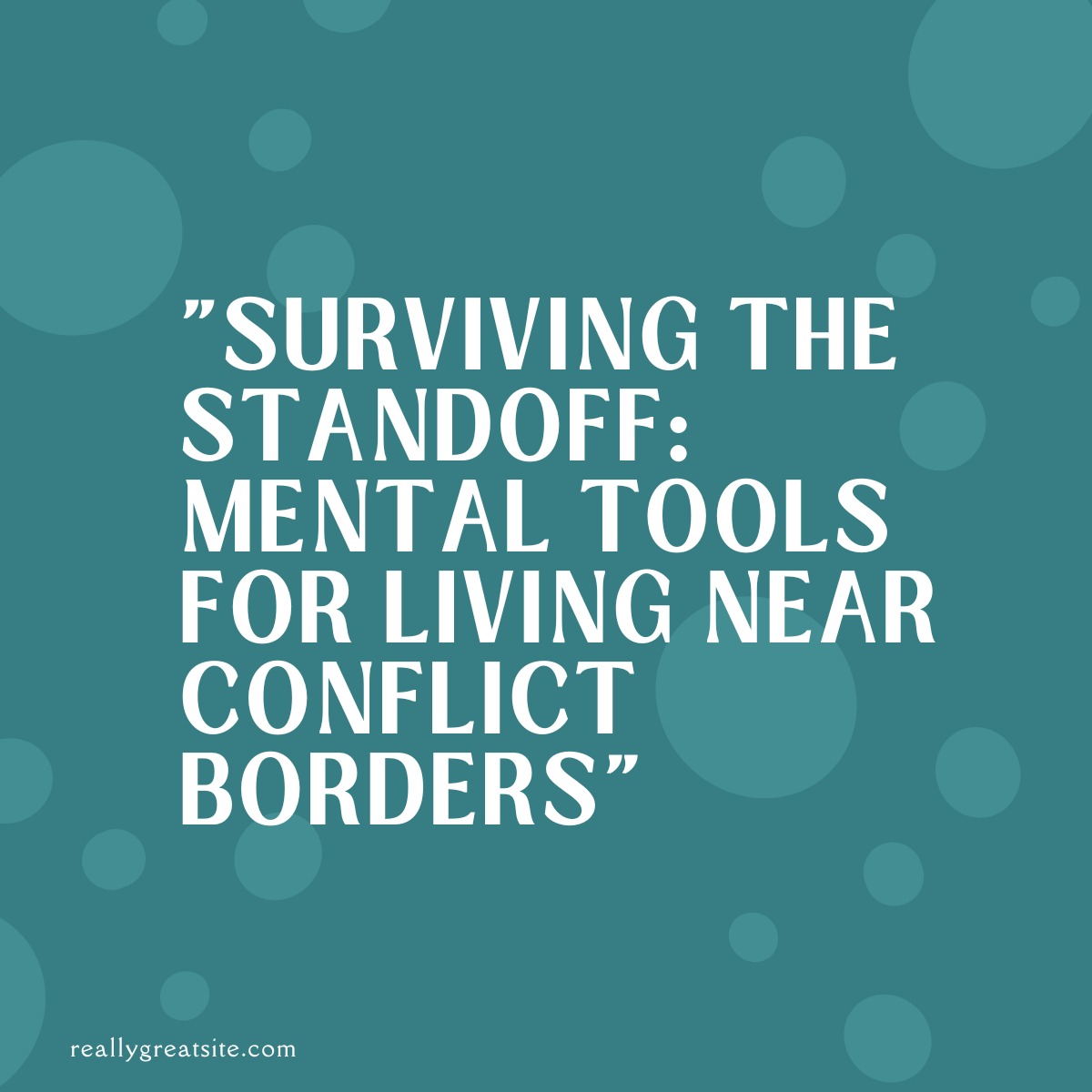
For communities located near international borders or disputed territories, the threat of conflict isn’t theoretical—it’s routine. The sound of jets overhead, the presence of armed forces, or the buzz of drones can become background noise. But just because danger is familiar doesn’t mean it’s harmless. Living in a perpetual state of alertness takes a quiet toll on the mind, often leading to hypervigilance, sleep disorders, and emotional numbness.
One of the most powerful mental tools in such circumstances is the art of grounding. This involves bringing attention back to the present moment and reconnecting with what’s real and immediate—your breath, your senses, your surroundings. Grounding techniques like touching a textured object, counting sounds, or focusing on your footsteps can reduce panic and help the nervous system reset.
Equally important is managing anticipatory anxiety—the “what if” scenarios that loop endlessly in the brain. Instead of catastrophizing, build a mental library of what you can do in each situation. Whether it’s a simple escape plan, a family emergency code, or a checklist of essentials, having a practical strategy provides a sense of agency in uncertain times.
Finally, build a small ritual of resilience. It might be lighting a candle each night, sharing one good memory at dinner, or listening to calming music before bed. These rituals don’t ignore the danger—they provide balance and relief. When the ground outside is tense with political pressure, cultivating an inner sanctuary becomes a powerful act of survival.
Kanishka
